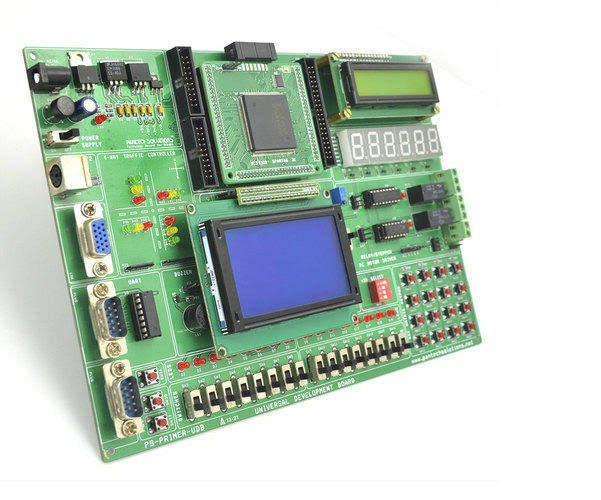Shorter design cycles and more technology than ever before means that development kits and boards provide IoT developers a crucial leg up in engineering connected solutions ahead of the competition. Development boards—PCBs with integrated circuits, interfaces, and components—and the kits that leverage them are assembled onto a small footprint and can be used for performance evaluation, testing, development and demonstration of the features of a product. These boards and kits make the design efforts of a user simple, cost-effective and fast.
In an IoT ecosystem, a number of devices are used for sensing, processing and relaying data, effectively allowing them to efficiently communicate with each other within the IoT environment. These devices are generally known as IoT hardware. For those who want to develop an IoT product, before you go about designing the product for commercial deployment, you must build a functional POC of your product first and validate your idea before you spend thousands of dollars on professional design. The IoT hardware development boards available in the market today come in handy for quickly building your POC. They can vary from low-power boards like Arduino Uno to boards with high computational power like Raspberry pi and Beagle bone. Before selecting the right hardware development kits, there are some factors that have to be taken into account.
